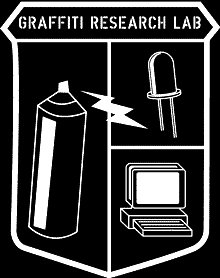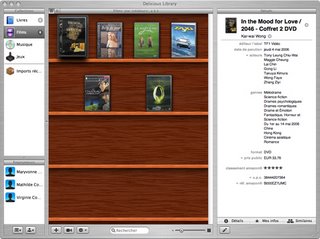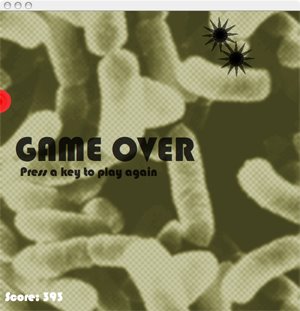Daniel asked me to introduce to the class how architects think about space and flow of people with the view of next week task.
Vast question!
starting point:
Have a look at the video made by graffitiresearchlab (GRL) on http://graffitiresearchlab.com/?page_id=32#video, and many other projects of co-ooperativeof artists. (My favorite nes are theLED throwies)

Examples of architects working with interaction design.
They're well hidden!
Frst one, god himself: Rem Koolhaas!
Seattle Public Library. The artist george Legrady made "make the invisible visible": An installation of 6 plasma screens behind the main librarians' desk in the Mixing Chamber area of the library features visualizations that are based on statistical analyses of the circulation of non-fiction books catalogued according to the Dewey decimal system going in and out of the library's collection.

for more informatin go to http://www.georgelegrady.com/
in Prada stores. No images available, Prada is the height of luxury and so the space is deserved for those who step across the treshold.
for more informatin read the very interesting book projects for PRADA, Part 1, (paper back 2001)OMA/AMO, Rem Koolhaas, Miuccia Prada, and Patrizio Bertelli (available at the library of AHO).
Superflex is the second example of graphist-architect-designer-programmer. They build a copy of the town of Karlskrona and allowed the inhabitants to play in the virtual space. Have a look at http://www.superflex.net/tools/supercity/karlskrona2/

Regarding all these examples of what interactive architecture can be, from a video projection on a wall to a completly virtual city, I feel that this field is making its very first steps. It's expanding in every direction, mostly held by artists at present time, and as it was very hard to find architects working with this huge revolution, I still hope it will be embedded more and more in their work.
I would end this presentation by quoting this definition from Davd McCullough in Digital Ground of interaction design: "My claims about architecture are indirect because the design challenge for pervasive computing is more directly a question of interaction design. This growing field studies how people deal with technology-and how people deal with each other, through technology." As technology is a growing part of our lives I found this defintion completely appropriate to architecture too. What matters in architecture is not the flow of people taken appart but really what the building will be designed for. I've been teached to always ask the question of the use of the building, how the activity which will take place in and evolve. How the design can take it into account and even make the activity evolve. The theme presence is the lowest level of human activity in a building. Ask space within human activities: what is this building made for? How is it used? what make this place a place where you learn? How are we learning in? what was the vision/intention of the architect?
For instance the wireless technology and the impact on flow of people and teaching method in a school or how to renew the definition of luxury in Prada stores when everything has become shopping.







